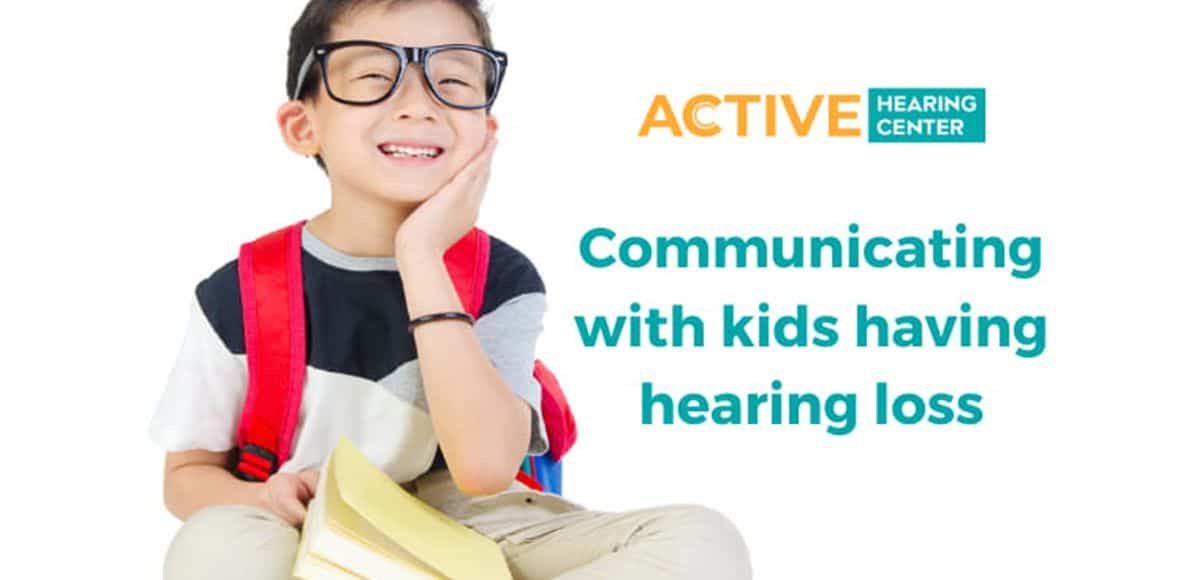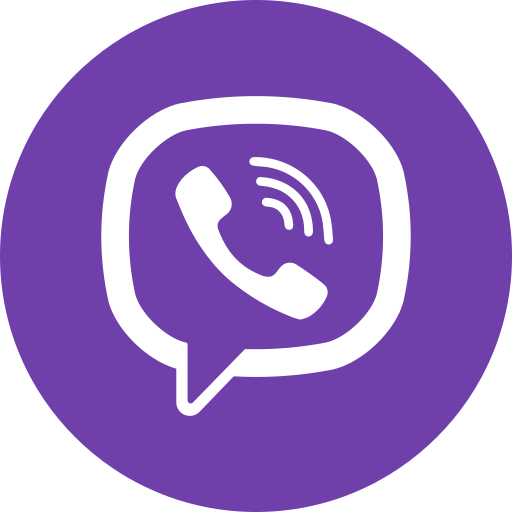Communicating with hearing difficulties and hard-of-hearing children can be a struggle, and children with hearing impairment will often have some degree of speech and language delay.
Aided Hearing
Other children with hearing aids or cochlear implants may follow an oral/aural route, have aural training, and learn speech sounds. There are different methods to help with speech and language development. An adequate habilitation and treatment for many cochlear implant and hearing aid wearers is Auditory-Verbal therapy. This approach focuses on listening and sound awareness as this is the most natural and efficient way children learn speech. Auditory–Verbal therapy takes advantage of every chance to listen and learn throughout the day, using the child’s surroundings as a learning tool.
Kids with mild to moderate hearing losses may need more conventional speech therapy, although they will benefit from some sound awareness and auditory-prejudice activities. Auditory-oral mode of communication is used with the help of visual aids or lip reading.
Some children with severe hearing loss and standard hearing aids may also learn some sign language alongside some speech activities. This is called the total mode of communication.
Modes of Communication
These are several modes of communication a child with hearing loss can communicate:
1. Sign Language
Not all hearing loss patients use American Sign Language or British Sign Language. Every deaf child has a preferred way of Communication (just like us), and it is essential to find out if they use speech. Ask if they need communication support and find out what type and level they’re at. If you consider this communication form, you, your child, and other family members should learn them by heart.
2. Auditory verbal therapy
Auditory Verbal programs provide optimum technology, and parents are given strategies to stimulate listening and, therefore, the listening brain. As a result, children with hearing loss can better develop listening and spoken language skills, intending to give them the same opportunities and an equal start in life as hearing children.
Through play-based therapy sessions, parents are given the tools – Auditory Verbal techniques and strategies – to develop their child’s listening and spoken language.
Auditory Verbal therapy enables parents to help their child to make the best possible use of their hearing technology and equips parents to check and troubleshoot it in collaboration with their audiology team. This will maximize a child’s access to sound so they can develop listening and spoken language skills to the fullest extent possible.
3. Using Cued Speech
If it’s hard for you to use sign language (if this is the chosen form of Communication), you can use visual cues such as pointing at the reference object.
However, waving your hands too much can be distracting. There are also flashcards for small children to point to us if they have trouble mouthing the words. They may also use whiteboards or paper to write down the words, phrases, or pictures of words that they want to communicate.
4. Auditory Oral Therapy
The auditory oral approach teaches infants and young children to use hearing and speech to develop spoken language for Communication and learning. The auditory oral approach uses hearing aids, cochlear implants, and residual hearing. Natural gestures in typical conversation include the auditory oral approach without sign language.
Hearing and listening form the first step toward developing speech and spoken language. A child’s meaningful sounds are the foundation for spoken language, reading, writing, and general literacy skills.
5. Total Communication
Total Communication (TC) is the perspective of educating children with hearing loss that includes all means of Communication; formal signs, natural gestures, fingerspelling, body language, listening, lipreading, and speech.
Children in TC programs typically wear hearing aids or cochlear implants. The goal is to optimize language development for the individual child.
Total Communication is a philosophy rather than a methodology. As a result, enforcing the TC philosophy with one child may look completely different than its implementation with another child.
The original intent of the Total Communication philosophy was to provide each child with the communication tools needed to develop language competence. Children can effectively combine sign and spoken language. Still, parents and professionals need to be sure that language competence is being developed optimally, considering the individual child’s strengths and needs.
Aided hearing children communication tips
Here are tips to help communicate with aided hearing children:
- Please encourage your child to wear their hearing aids and look after them. It is a complex piece of equipment and needs care and maintenance. When your child initially uses hearing aid, they may find it strange, and it may take a while to get used to it. Please encourage them to continue wearing the aid because they will get used to it and see the benefits.
- Look at the child face-to-face when talking to them. Sometimes facial expressions and lip movements can give them cues to tune into specific words.
- Speak clearly without exaggeration and use hand gestures or signs to add cues and give meaning, if necessary. If your child is wearing a hearing aid, it is best to speak audibly and clearly. And follow the second tip.
- Avoid conversations with your child when you are in conditions with lots of environmental background noise (i.e. the washing machine or the TV).
- At school, make sure the teacher is aware of your child’s difficulties and understands hearing impairment – just because your child has a hearing aid does not mean they are hearing like other children in the classroom. Students with hearing impairment need environmental modifications, and teachers must change their teaching style to adapt to students with hearing problems.
- If your child can read, use subtitles when watching films and television. Most TV shows such as Netflix now come with subtitles options. Make them feel inclusive at all times.
- Let them embrace their disability. Every family member must welcome this and encourage the child to feel normal in any circumstances. The love and support as a whole will make them embrace the situation.
It is important to note and understand that every child is different, and they have different methods and ways to keep up with what they lack. Fortunately, Active Hearing Center provides a healthy environment for children and adults with hearing loss.
If you observe your child losing their hearing, you can visit Active Hearing Center, at any of our branches in the Philippines, for a hearing assessment and a deeper understanding of your hearing problem. The audiologists will advise you when choosing the right hearing aid for your child. You may also try our online hearing test before the visit for an instant hearing check.
If you already had your hearing checked and are now shopping for hearing aids, you can check the hearing devices we have for sale here.









